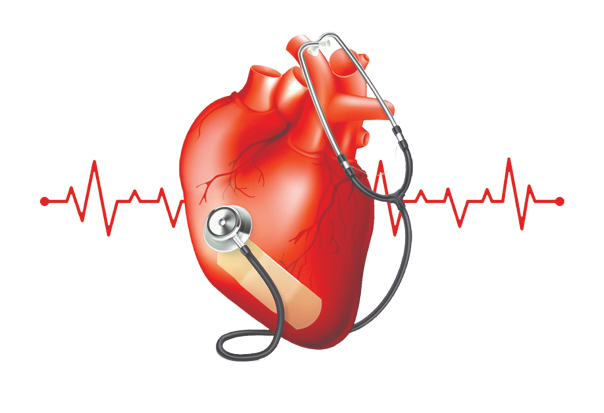Surgical Emergencies
At SNS Hospital, we are committed to providing expert and immediate care for a wide range of surgical emergencies to ensure the best possible outcomes for our patients. Our experienced surgical team is equipped to handle acute appendicitis, gastrointestinal perforations, bowel obstructions, and peritonitis with advanced diagnostic tools and surgical techniques. We specialize in managing volvulus, acute mesenteric ischemia, and stercoral perforations, ensuring timely intervention to prevent life-threatening complications.
Our hospital also offers comprehensive care for burn injuries, urinary obstructions, and thoracic conditions such as pneumothorax, hemothorax, and empyema, using state-of-the-art facilities for fluid resuscitation, wound care, and respiratory support. Our surgical expertise extends to gallbladder and bile duct diseases, including cholecystitis and bile duct obstructions, ensuring effective treatment and recovery.
In addition, SNS Hospital provides emergency urological care for testicular torsion and paraphimosis, where prompt surgical intervention is critical. With a patient-centered approach, cutting-edge technology, and a dedicated medical team, we are here to deliver high-quality, life-saving surgical care when you need it the most.




